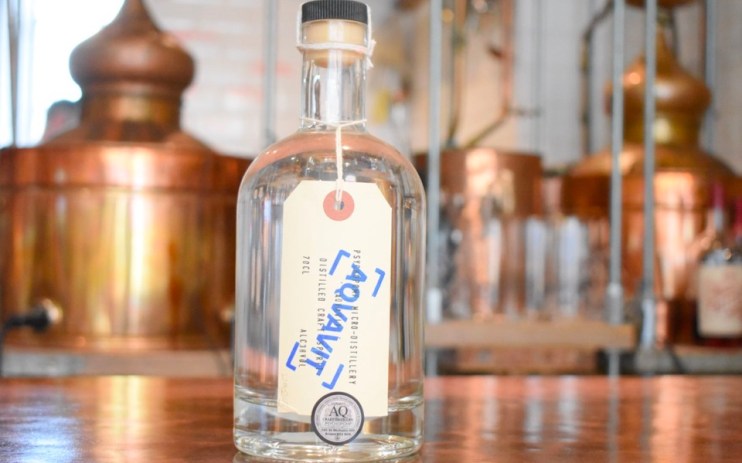Why aqvavit is moving from Scandinavia into your drinks cabinet

Once believed capable of curing any illness known to man, aqvavit has gone from a drink rarely seen outside of its native Scandinavia to the connoisseur’s choice of spirit for London Cocktail Month.
Danny Walker and Liam Hirt are a pair of British distillers who saw the potential in aqvavit. Working between their Psychopomp Distillery, based in an old grocery shop in Bristol, they distill Psychopomp Aqvavit, its name taken from the Latin “psycho”, meaning soul, and “pomp”, meaning sent. “Psychopomps are our ‘guiding spirits’,” says Hirt.
“Psychopomp” started off as a 30 litre still in the basement of Hirt’s flat in the city’s trendy Montpelier neighbourhood. “Our aqvavit is led with dill seed but has sixteen botanicals including celery seed and caraway. It’s more of a Danish aqvavit,” says Hirt. “We have always been fans of aqvavit. It was made primarily for us to drink in Bloody Marys. It makes for an awesome, super savoury Bloody Mary with beetroot juice and tomato passata, and also for a great Gibson. We also drink it quite a lot with tonic, and as in a martini”.
So how should you approach aqvavit? Well, it depends on the region. “Scandinavians will drink it neat at special occasions, or with their beer,” explains Hirt. “Norwegians sip. Danes and Swedes gulp.”
Aqvavit is made from grain or potato distillate, with an alcohol strength of 40 per cent, and is often seasoned with caraway, aniseed and fennel.
Nordic aqvavit was invented by accident in 1806 when a merchant captain sailed from Norway to Jakarta with barrels of the spirit. Arriving at the ship’s destination, the aqvavit did not sell, so the barrels were brought back to Norway.
On their return the spirit had changed into an amber-coloured, mellow liquor, and was more flavoursome than the freshly distilled alcohol. Today, some Norwegian “Linje” (equator) aqvavit is still sent to Australia and back so that it crosses the equator twice before being bottled.